UC Davis Awarded Third BREEAM Certification
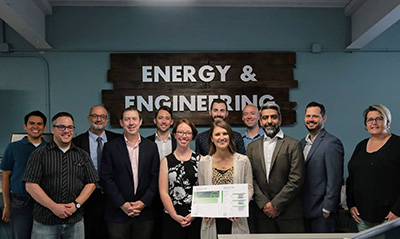
On July 16, the University of California, Davis Energy Conservation Office was officially recognized for its sustainability achievements with a BREEAM certification and plaque. The Energy Conservation Office, or ECO, is the first US building to complete all three parts of the BREEAM certification. This new achievement adds to UC Davis’ accomplishments in building sustainability […]
Best Papers Awarded in Sustainable Energy Immersion Course

May 17, 2019–Two student groups received best paper awards in this year’s Sustainable Energy Immersion Class and presented their work to the Institute’s Board of Advisors. Greg Miller’s paper proposes a practical framework for achieving a corporate 24×7 renewable energy goal. Meg Slattery, Bridget Clark, and Emily Scheff’s paper explores reuse and recycling of lithium ion batteries and how to […]
Frank Loge Receives Endowed Professorship from Mexican Research University to Advance Water-Energy-Food Nexus
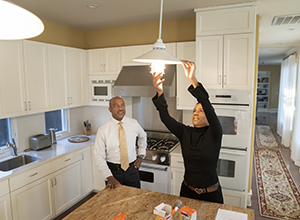
Frank Loge Receives Endowed Professorship from Mexican Research University to Advance Water-Energy-Food Nexus Frank Loge, Professor in the UC Davis Department of Civil and Environmental Engineering, received an endowed professorship from the Institute Technólogico y de Estudios Superiores de Monterrey (ITESM or Technólogico de Monterrey) to help advance work related to water, energy, and agricultural […]
Be Like the Mays: Switch to LEDs with the UC Million LED Challenge

UC Students, Staff, Faculty and Alumni Can Purchase High-Quality, Energy-Efficient Light Bulbs at a Great Price March 20, 2019 UC Davis Chancellor Gary S. May and his wife, LeShelle, recently switched the light bulbs in the Chancellor’s Residence to LEDs as part of the University of California Million LED Challenge. The University of California is […]
UC Davis Seeks Faculty Director to Lead the Energy and Efficiency Institute
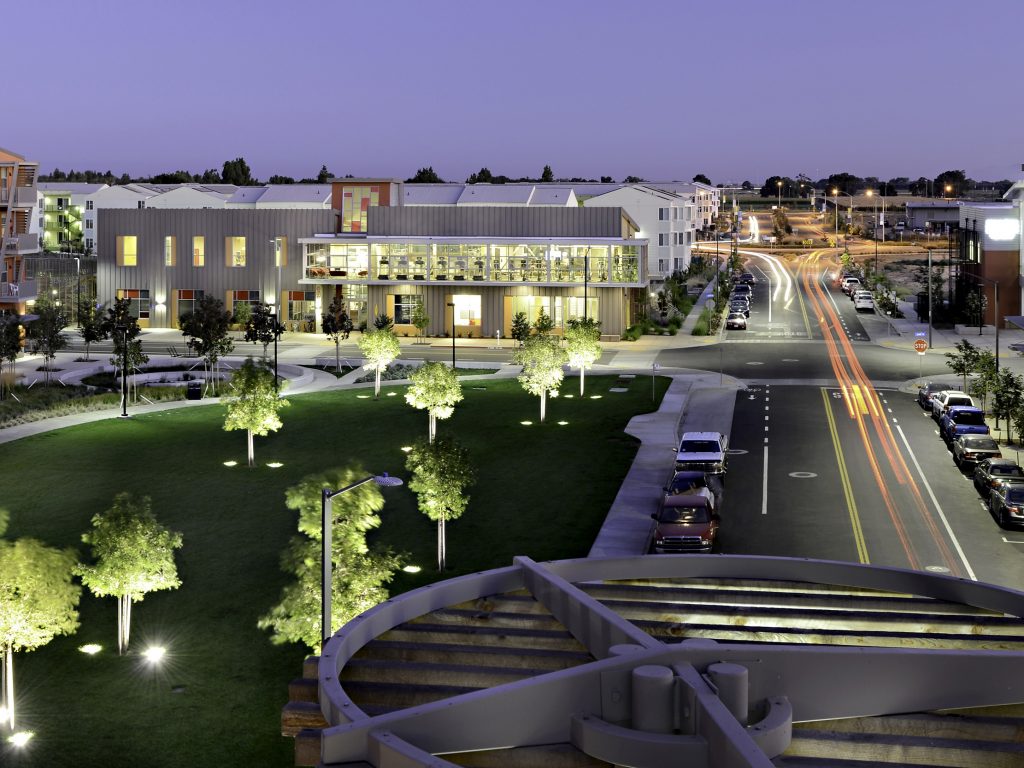
UC Davis Seeks Faculty Director to Lead the Energy and Efficiency Institute The University of California, Davis, seeks a recognized leader in energy-efficiency technologies, engineering and policy to lead the UC Davis Energy and Efficiency Institute as faculty director at the Associate or Full Professor rank. The director will hold the Chevron Chair in Energy […]
UC Davis Selected to Receive $2.2 Million Award to Advance Solar Technologies
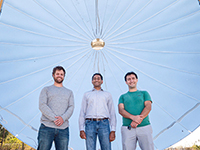
Researchers will develop innovative additively-manufactured heat exchangers for Solar Thermal Power Generation The University of California, Davis was selected to receive a $2.2 million dollar award from the U.S. Department of Energy Solar Energy Technologies Office (SETO) to advance solar technologies. UC Davis will advance concentrating solar-thermal power (CSP) research and development. CSP concentrates incoming sunlight to heat that then […]
Make the Switch to Energy Efficiency

Almost everything we do requires energy, from turning on our lights, to cooking our food, and getting us from place to place. Much of this energy produces greenhouse gases that congregate in the upper atmosphere and result in global warming. One of the easiest ways to reduce energy consumption and resulting greenhouse gas emissions is […]
UC Davis Hosts Brazilian High School Students to Design Farming Solutions that Help Refugees
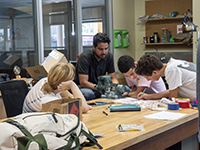
UC Davis Hosts Brazilian High School Students to Design Farming Solutions that Help Refugees Eleven students participate in a week-long course that teaches the fundamentals of design to solve real-world problems This summer, the D-Lab at UC Davis offered a week-long, intensive design class to a group of Brazilian high school students as part of […]
UC Launches Million Light Bulb Challenge Community Buy Program
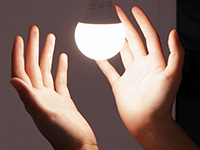
UC Launches Million Light Bulb Challenge Community Buy Program UC Students, Staff, Faculty and Alumni Can Purchase High-Quality, Energy-Efficient Light Bulbs at a Great Price The University of California is spearheading a statewide effort to advance the purchase of 1 million high-quality, energy-efficient light bulbs for campus buildings and residences across the state. Under the […]
UC Davis Solar Decathlon Team Receives Excellence in Structural Engineering Awards
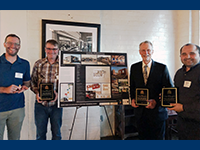
UC Davis Solar Decathlon Team Receives Excellence in Structural Engineering Awards In recognition of their outstanding achievements designing and building OurH2Ouse On June 12, 2018 the UC Davis Solar Decathlon team, led by Professor Frank Loge in the Department of Civil and Environmental Engineering, received the Excellence in Structural Engineering Award from the Structural Engineers Association of […]

